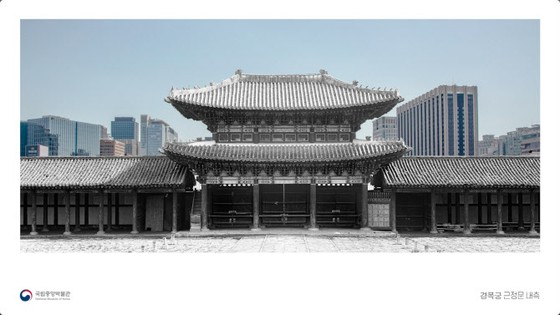 |
The National Museum of Korea (Director Min Byung-chan) has created an online video content, "Records 100 Years Ago from Glass Plates" edited by Gyeongbokgung Palace, to provide people who are tired of the spread of corona with an opportunity to enjoy rest and culture.
The National Museum of Korea has a total of 38,170 glass dry plates (glass coated with photosensitive agent, the prototype of the current black-and-white film), most of which were taken from their point of view by the Government-General of Korea during the Japanese rule. It is a photograph. It is significant in that the situation at that time is recorded as it is. In the case of photographs of the palace, many of them have been seen before they were damaged and are attracting attention. Through photographs of glass plates, such as the appearance of Gyeongbokgung Palace (Geunjeongjeon: the main hall of Gyeongbokgung Palace) and the original appearance of the flower wall of Jagyeongjeon (the sleeping place of the queen of the former king). You can look back on what it looked like 100 years ago.
This video was shot and edited by showing the state of Gyeongbokgung Palace, which is considered to be the main palace of the Joseon Dynasty, along with a photograph of the glass plate at that time. Using the photo collage animation technique, I made a photo of a glass dry plate, which tends to be a little boring and heavy, so that it can be viewed as an interesting image.
This second video, following the pre-released 2020 glass plate preview video, is always available on the National Museum of Korea's YouTube channel.
An official of the National Museum of Korea said, "The National Museum of Korea provides various types of online content with the goal of being a museum for anyone, anywhere, and everyone, and actively strives to experience and enjoy Korean culture. In the future, we plan to produce and release Chandokkun (Shotokumiya: Kagefukumiya's palace), Changkyunggun (Shangkeigu) and Tokusgun (Deoksugung) in sequence."
2022/02/01 21:34 KST


![[Photo] "TWS" takes first place on "THE SHOW"!](/img/topic/28/142128/288570_640W.webp)